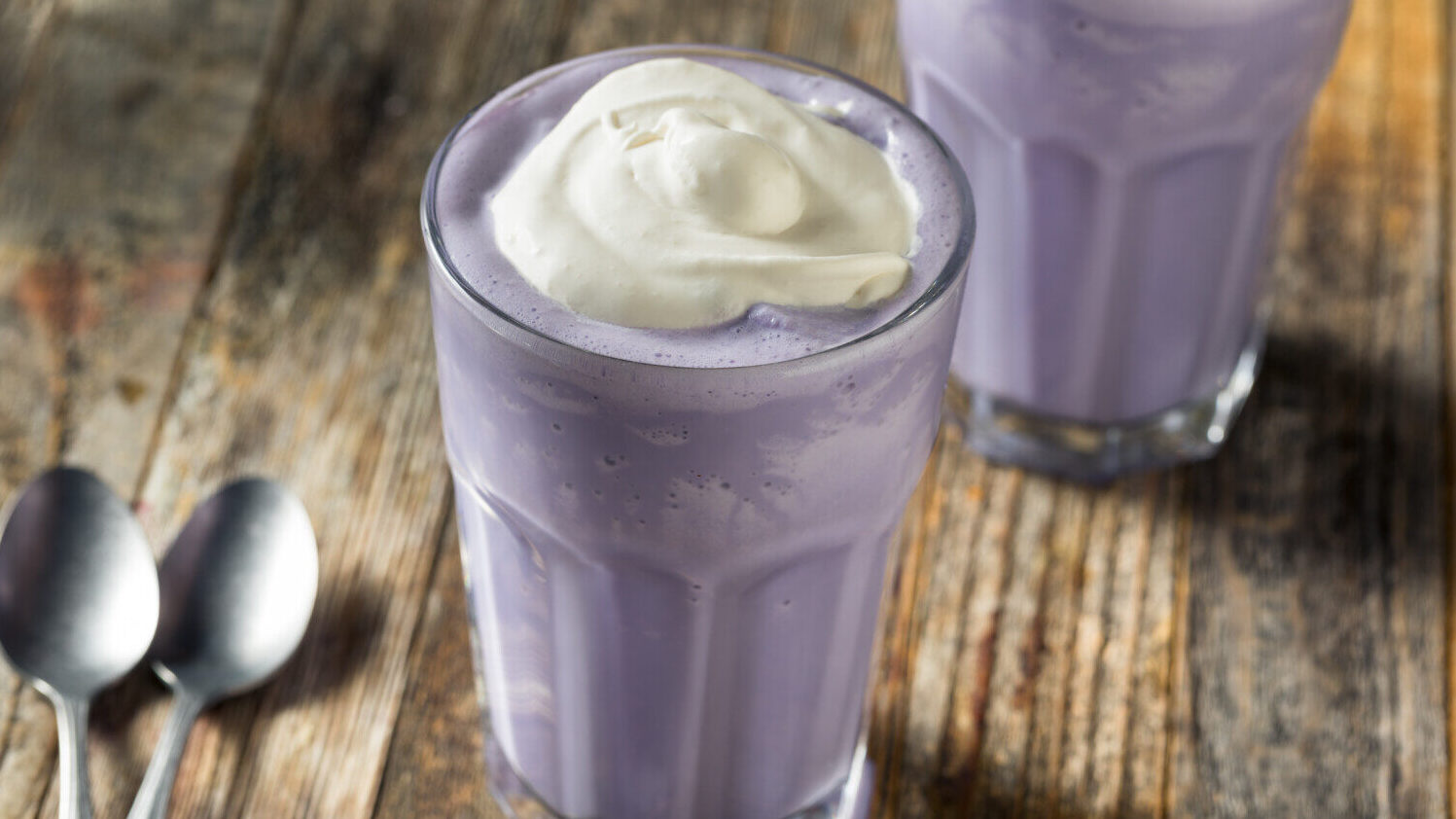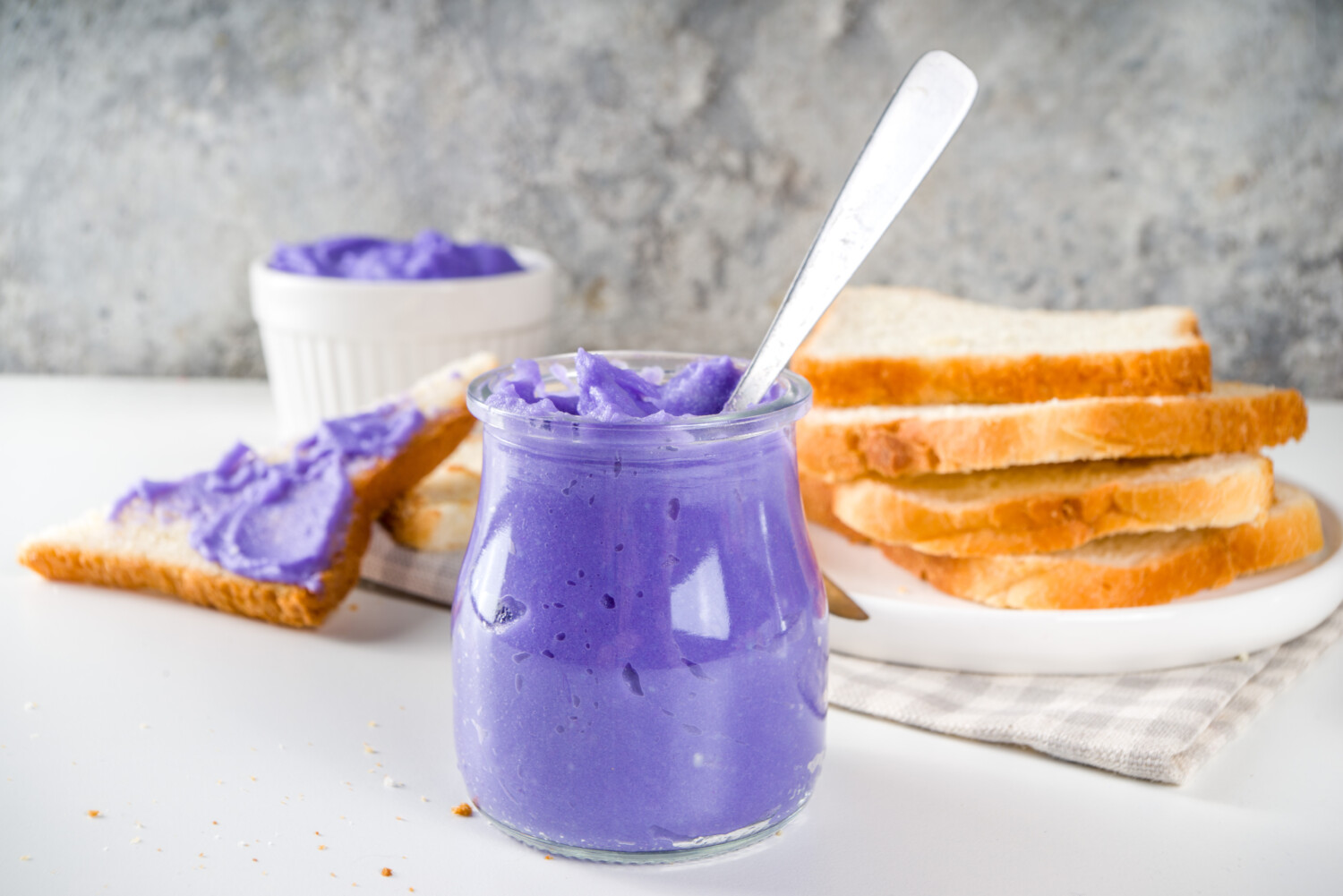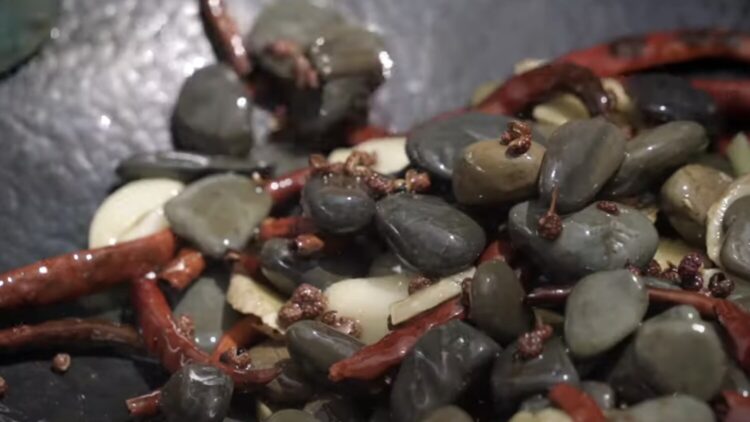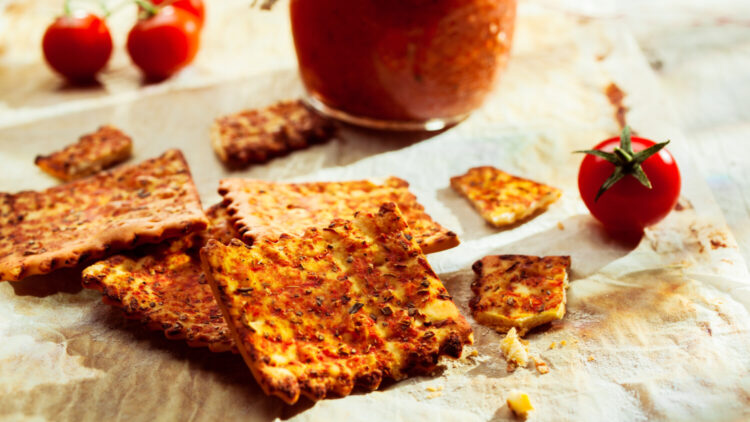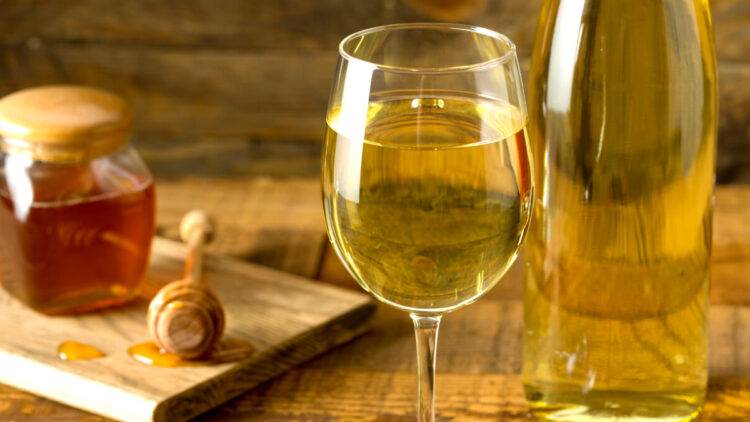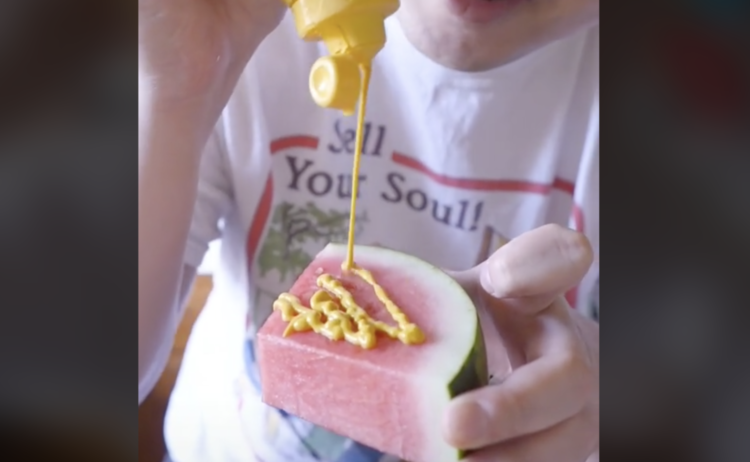What is ube and why is it so popular?
I first learned about ube at a hip Seattle coffee shop with fancy iced drinks. Their hard-to-resist Ube Monster was a bright purple smoothie made with ube syrup and Oreo cookies. I didn’t know what ube syrup was, but if it was part of this delicious beverage, I was interested.
Then I started seeing it everywhere, including at bubble tea shops and on the shelves at Trader Joe’s. The grocery chain introduced ube ice cream in 2019 and quickly followed it up with ube pancake mix, ube cookies and ube snack spread (made from puréed ube, cream, butter, coconut cream, sugar, sea salt and purple carrot juice).
What Is Ube, Exactly?
Ube (pronounced oo-bay) is actually a type of yam (and not usually my first choice in smoothie ingredients). But in the Philippines where it’s a major crop, ube is a staple ingredient for desserts. Filipinos take advantage of its bright color and sweet flavor (reminiscent of vanilla and pistachio) to make a jam called ube halaya — which can also be a base for ice creams, puddings, pastries and a traditional, ice-cream-like Filipino dessert, halo-halo.
Ironically, while ube is often associated with sugar-laden, whipped-cream-topped concoctions, this starchy root vegetable itself is quite healthy. First of all, it’s brimming with antioxidants, the super-powered vitamins that can help manage blood sugar, promote gut health and protect against chronic disease.
While sweet potatoes get their orange hue from carotenoids, ubes get their purple color from anthocyanins —the type of antioxidants that are also found in cherries, red and black grapes, pomegranates, red cabbage and red onions.
And like sweet potatoes, ube is a rich source of fiber, potassium and several vitamins. Of course, such health benefits don’t count for much when the lion’s share of an ube dish isn’t ube at all — but mostly a mixture of sweeteners and fat.
Why The Resurgence?
Ube has been around for over 400 years in the Philippines and it’s been popping up in restaurants, bakeries and coffee shops for about a decade in the United States. Still, suddenly ube is being declared one of the trendiest flavors of 2023. It’s been highlighted as such in Forbes, which has called it “the uber ingredient of 2023,” and in Tucson Foodie, which calls it the “flavor of 2023”. And it was named among 2023’s trendiest foods in Mashed, The New York Times and The Wicked Noodle.
Why is ube suddenly getting attention in these publications? The New York Times links the renewed interest to an overall zeal for foods in naturally bright colors. After all, yuzu, lychee, dragon fruit, and purple Peruvian corn are all trending now, too.
The Wicked Noodle speculates that ube might be the food fad successor to taro — another starchy tuber with a purplish color. That certainly makes sense, since taro has long been a popular flavor of bubble milk tea. Though ube is slightly sweeter than taro, they’re both paired with lots of sweeteners in desserts and iced beverages.
And Spoon University points out the obvious: Ube keeps popping up in people’s social media feeds. Why wouldn’t it, when that violet hue makes everything look so appealing? In fact, I wouldn’t mind a Monster Ube right now.


